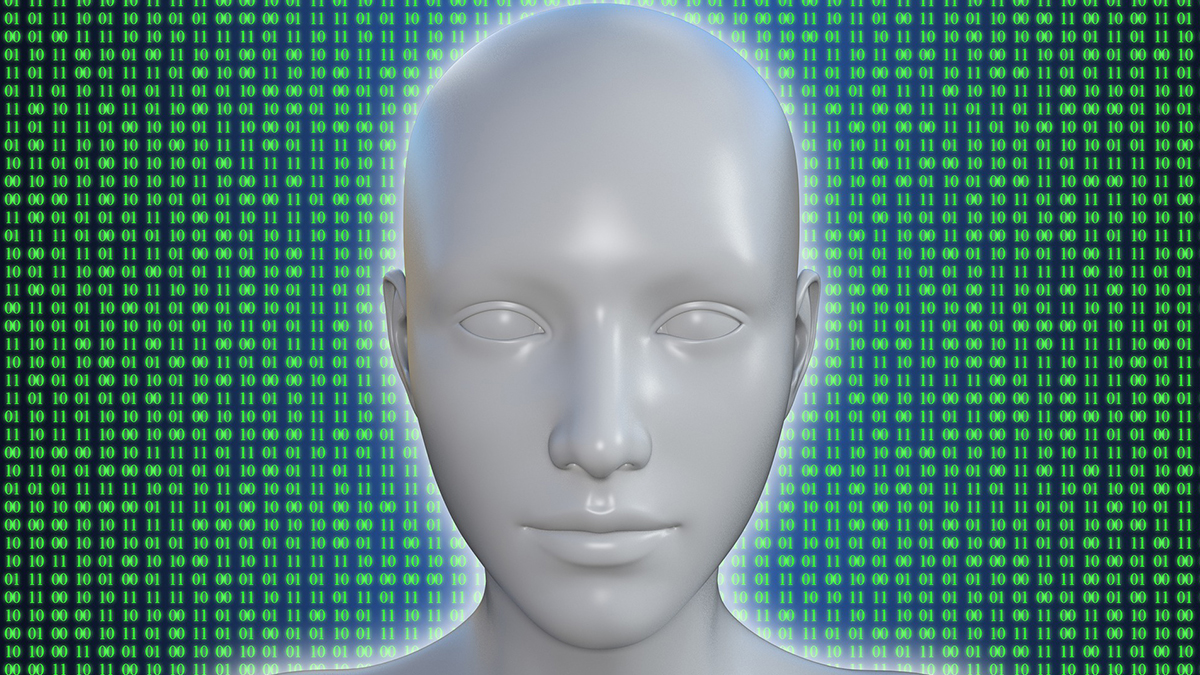
Healthcare costs in the United States have been out of control for years now, with annual spending on health expenses sitting at somewhere around 18% of the country’s GDP. In the midst of an ongoing pandemic, that number isn’t poised to go anywhere but up for the foreseeable future — unless technology has something to say about it.
Cutting-edge tech, particularly AI and machine learning-driven technologies, are redefining the world of healthcare before our very eyes. No aspect of modern medicine is going untouched by advancements in AI, which makes it difficult to know exactly where and how costs are getting driven down by these new developments. Here are five key areas of cost reduction to be aware of:
1 Improved Test Accuracy
Medical tests and screenings aren’t as simple as patients might imagine. They often involve intricate analyses of specific bodily areas and processes, making it difficult to separate the signal from the noise. In order to help medical professionals discern test results better, AI is being developed that can identify easy-to-miss, but crucial, indicators.
One area where this is especially crucial is mammography, which is why the medical imaging company CureMetrix developed its cmAssist AI tool that can help radiologists improve the accuracy of their mammogram readings by up to 27%. As technologies like these get developed and adapted, expect accuracy in testing to increase along with overall efficiency providing significant improvement, and in turn, lower costs for organizations.
2 Recovery Times
Every patient is different, making it difficult to develop generalized solutions in healthcare. This is particularly true for post-op surgery recovery, as patients could experience drastically different effects as a result of the same procedure. The more time patients spend recovering, the more expensive their care is, meaning that overall costs can grow substantially.
AI can help solve this problem by generating personalized care regimes based on a patient’s profile. Mobile tech company PeerWell recently tested their PreHab AI platform on patients receiving joint replacement surgeries and found that usage of their product reduced overall surgery costs by $1,215 — a pretty penny considering just how many such surgeries are performed annually. The personalization possibilities of AI make custom care an economic reality instead of a pie-in-the-sky fantasy.
3 Streamlined Administration
Unfortunately, healthcare itself is only a small part of the overall healthcare administration process. Insurance must be verified, forms signed, prescriptions given, insurance re-verified, and so on. All this administration is a headache, and it allows far too many crucial details to slip through the cracks when it comes to patient care.
It’s projected that in 2020, 95% of medical patients failed to pay off their full medical bill balance on time — in part due to miscommunications between providers and patients such as poorly-timed bills, cumbersome payment processes, or bill errors. Machine learning can iron out a number of these issues by refining the billing process to better match consumer tendencies, ensuring that medical providers get what’s owed to them in full and on time.
4 Proactive Patient Care
A person leading a healthy lifestyle is, on average, less likely to incur significant healthcare costs — simple, right? Even so, medical professionals have struggled for decades to find ways to encourage proactive care on the part of their patients. To solve this, AI solutions are being developed that better identify who may be in need of care in the near future.
Artificial intelligence solutions firm Jvion, for example, has created a system that identifies a number of key risk factors which can help signal the risk of a patient becoming depressed in the near future. With this information on hand, doctors can reach out to these patients or prescribe them care that can help them sidestep any further deterioration. That means a doctor’s time can be spent in other areas while still ensuring patients who need help are taken care of.
5 Drug Development
The first drug developed by AI was used on humans one year ago, and since then AI has taken a prized seat at the drug development table. By assisting with the development of everything from antibody cocktails to vaccines, AI made the fight against COVID winnable in a way it might simply not have been otherwise. As drugs become cheaper and faster to develop, expect prices to go down in turn.
With no catch-all solution to rising healthcare costs on the horizon, technology seems to be the leading candidate for a fix right now. As new tech continues to get developed and deployed, expect every corner of healthcare to be affected — not just those listed here.
Leave a Reply